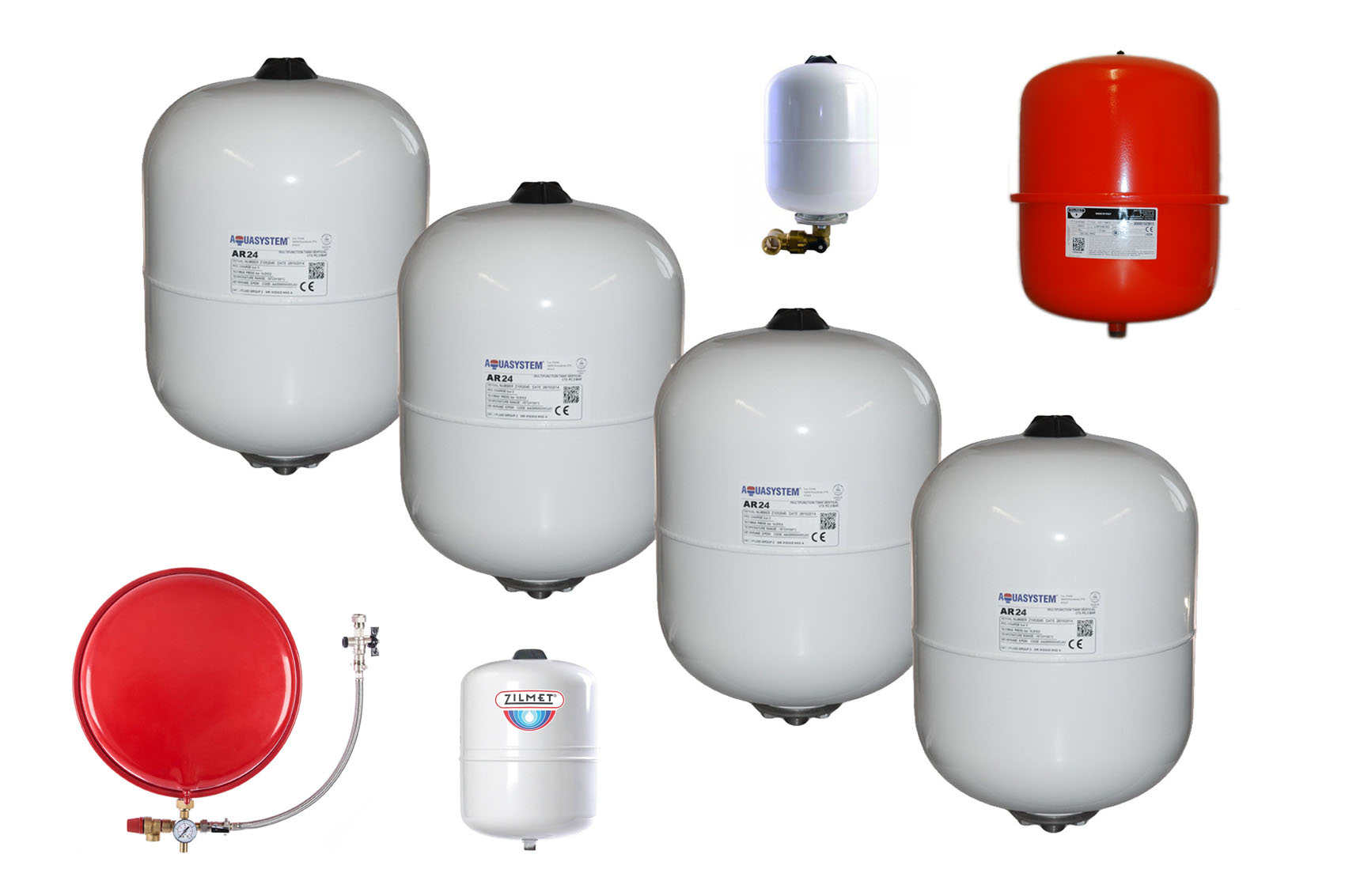
Guide To Servicing an Expansion Vessel on an Unvented Cylinder
An expansion vessel, also known as an expansion tank, is an essential component of an unvented cylinder system. It plays a critical role in maintaining system pressure by accommodating the expansion of water as it heats up. Regular servicing of the expansion vessel is necessary to ensure the proper functioning of the unvented cylinder system. This guide will provide you with step-by-step instructions on how to service an expansion vessel on an unvented cylinder.
Required Tools and Materials:
- Replacement diaphragm (if necessary)
- Pressure gauge
- Schrader valve core tool
- Tire inflator with a pressure gauge
- Adjustable spanner
- Safety goggles
- Gloves
Safety Precautions:
Before you begin, ensure that you have switched off the power supply to the boiler or immersion heater and isolated the water supply to the unvented cylinder. Always wear safety goggles and gloves to protect yourself from potential hazards.
Step-by-Step Guide:
Depressurise the system:
1. Close the mains water supply valve to the unvented cylinder.
2. Open a hot water tap in the property to drain the hot water from the system and release pressure.
Locate the expansion vessel:
Expansion vessels are typically located near the unvented cylinder or attached to it. In some cases, it may be installed remotely.
Check the pre-charge pressure:
1. Remove the dust cap from the Schrader valve on the expansion vessel.
2. Attach the pressure gauge to the Schrader valve.
3. Record the pre-charge pressure reading.
4. Compare the recorded pressure with the manufacturer’s recommended pre-charge pressure. If the pressure is lower than the recommended value, proceed to step 4.
Adjust the pre-charge pressure:
1. Use the tire inflator with a pressure gauge to inflate the expansion vessel to the manufacturer’s recommended pre-charge pressure.
2. Re-check the pressure with the pressure gauge to ensure it is correct.
3. If the vessel loses pressure quickly, there may be a leak in the diaphragm. In this case, proceed to step 5.
Replace the diaphragm (if necessary):
1. Depressurise the expansion vessel by pressing the Schrader valve core tool on the valve.
2. Unscrew and remove the vessel from the unvented cylinder system or its bracket.
3. Open the expansion vessel and remove the damaged diaphragm.
4. Install the new diaphragm, ensuring it is properly seated.
5. Reassemble the expansion vessel, ensuring all connections are tightened and secure.
Reinstall and pressurise the expansion vessel:
1. Reattach the expansion vessel to the unvented cylinder system or its bracket.
2. Inflate the expansion vessel to the manufacturer’s recommended pre-charge pressure using the tire inflator with a pressure gauge.
3. Re-check the pressure with the pressure gauge to ensure it is correct.
4. Replace the dust cap on the Schrader valve.
Restore the system:
1. Close the hot water tap that was opened in step 1.
2. Open the mains water supply valve to the unvented cylinder.
3. Switch the power supply back on to the boiler or immersion heater.
Test the system:
1. Run hot water from a tap to ensure proper flow and temperature.
2. Check for any leaks around the expansion vessel and its connections.
Conclusion:
Servicing an expansion vessel on an unvented cylinder is crucial for maintaining the system’s efficiency and safety. Regularly monitoring and adjusting the pre-charge pressure, as well as replacing the diaphragm when necessary, will help ensure the longevity of your unvented cylinder system. Always consult the manufacturer’s guidelines for specific instructions and recommendations for your particular system. By following this guide and adhering to safety precautions, you can effectively service your expansion vessel and keep your unvented cylinder system running smoothly.


 FREE Delivery on all orders over £50
FREE Delivery on all orders over £50 


